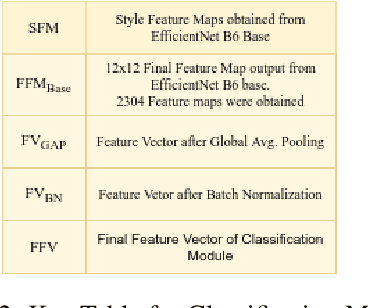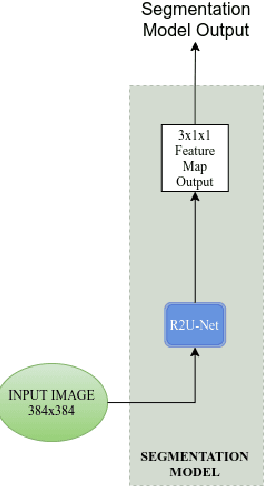Priyam Mehta
IndicLLMSuite: A Blueprint for Creating Pre-training and Fine-Tuning Datasets for Indian Languages
Mar 11, 2024Abstract:Despite the considerable advancements in English LLMs, the progress in building comparable models for other languages has been hindered due to the scarcity of tailored resources. Our work aims to bridge this divide by introducing an expansive suite of resources specifically designed for the development of Indic LLMs, covering 22 languages, containing a total of 251B tokens and 74.8M instruction-response pairs. Recognizing the importance of both data quality and quantity, our approach combines highly curated manually verified data, unverified yet valuable data, and synthetic data. We build a clean, open-source pipeline for curating pre-training data from diverse sources, including websites, PDFs, and videos, incorporating best practices for crawling, cleaning, flagging, and deduplication. For instruction-fine tuning, we amalgamate existing Indic datasets, translate/transliterate English datasets into Indian languages, and utilize LLaMa2 and Mixtral models to create conversations grounded in articles from Indian Wikipedia and Wikihow. Additionally, we address toxicity alignment by generating toxic prompts for multiple scenarios and then generate non-toxic responses by feeding these toxic prompts to an aligned LLaMa2 model. We hope that the datasets, tools, and resources released as a part of this work will not only propel the research and development of Indic LLMs but also establish an open-source blueprint for extending such efforts to other languages. The data and other artifacts created as part of this work are released with permissive licenses.
Exploring Content Based Image Retrieval for Highly Imbalanced Melanoma Data using Style Transfer, Semantic Image Segmentation and Ensemble Learning
Oct 12, 2021



Abstract:Lesion images are frequently taken in open-set settings. Because of this, the image data generated is extremely varied in nature.It is difficult for a convolutional neural network to find proper features and generalise well, as a result content based image retrieval (CBIR) system for lesion images are difficult to build. This paper explores this domain and proposes multiple similarity measures which uses Style Loss and Dice Coefficient via a novel similarity measure called I1-Score. Out of the CBIR similarity measures proposed, pure style loss approach achieves a remarkable accuracy increase over traditional approaches like Euclidean Distance and Cosine Similarity. The I1-Scores using style loss performed better than traditional approaches by a small margin, whereas, I1-Scores with dice-coefficient faired very poorly. The model used is trained using ensemble learning for better generalization.
 Add to Chrome
Add to Chrome Add to Firefox
Add to Firefox Add to Edge
Add to Edge